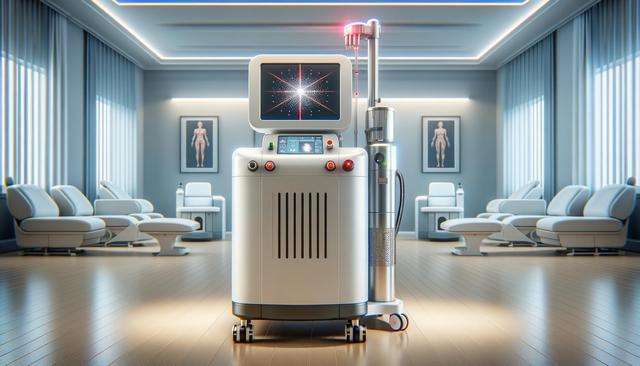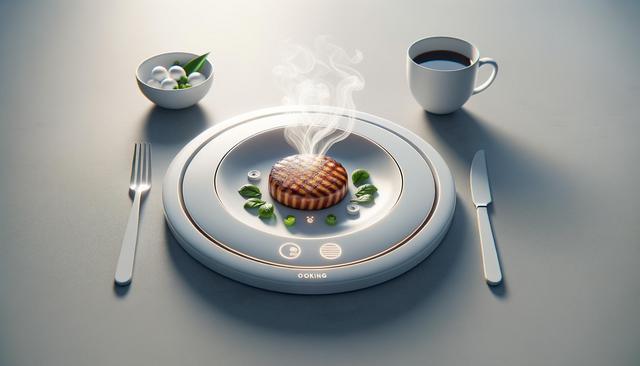Understanding Spider Veins and Their Causes
Spider veins are small, dilated blood vessels that appear near the surface of the skin, commonly on the legs and face. These visible veins often resemble a web-like pattern and can be red, blue, or purple in color. While generally harmless, many individuals seek treatment for cosmetic reasons or due to discomfort. The development of spider veins can be influenced by several factors, including genetics, hormonal changes, prolonged standing, obesity, and aging. Addressing the root causes can help manage the condition, but for many, a more direct approach like Laser Spider Vein Removal offers a practical solution.
Before opting for treatment, individuals typically consult with a medical provider to determine if they are suitable candidates for Laser Spider Vein Treatment. Factors such as skin type, vein size, and overall health are considered. This evaluation ensures the laser method is both safe and effective for the individual’s specific needs.
How Laser Technology Targets Spider Veins
Laser Spider Veins treatment works by using focused light energy to heat and collapse the targeted blood vessels. The laser energy is absorbed by the pigment in the blood, causing the vein to coagulate and eventually be reabsorbed by the body. This non-invasive method allows for precise targeting without damaging the surrounding skin. Over time, the treated veins fade, resulting in clearer skin and improved appearance.
There are different types of laser technologies used for this purpose, including:
- Nd:YAG lasers – often used for deeper veins and darker skin tones
- Pulsed dye lasers – typically used for smaller surface veins
- Diode lasers – known for their versatility and effectiveness
Each of these machines offers specific advantages, and a qualified practitioner will select the appropriate Spider Vein Removal Machine based on the individual’s condition and goals.
Benefits of Laser Spider Vein Removal
Laser Spider Vein Treatment provides a range of benefits that make it an attractive option for many seeking aesthetic improvements. Among the most appreciated features is its non-invasive nature, which eliminates the need for surgical incisions or injections. This minimizes the risk of scarring and reduces recovery time significantly.
Other notable benefits include:
- Outpatient procedure with minimal downtime
- Effective on various skin types and tones
- Gradual, natural-looking results
- Low risk of side effects when performed by trained professionals
While multiple sessions may be needed for optimal results, many patients notice visible improvement even after the first treatment. It’s important to follow post-treatment care instructions to maximize the effectiveness and longevity of the results.
Choosing the Right Spider Vein Removal Machine
For practitioners and clinics, selecting the right Laser Machines for Sale is a critical decision that impacts treatment outcomes and patient satisfaction. Key factors to consider when evaluating a Spider Vein Removal Machine include the type of laser technology, device safety features, user interface, and FDA clearance or relevant certifications. Additionally, practitioners should assess the machine’s cooling system, which ensures patient comfort during the procedure.
When investing in equipment, it’s also wise to consider:
- Manufacturer support and training programs
- Maintenance requirements and warranty coverage
- Versatility for treating other conditions
- Cost-effectiveness and return on investment
Reliable machines that offer consistent performance play a significant role in building trust with patients and expanding a clinic’s service offerings.
What to Expect During and After Treatment
Undergoing Laser Removal of Spider Veins is generally a straightforward process. The treatment session often lasts between 15 to 45 minutes, depending on the number of veins being treated. A cooling gel or device may be applied to the skin to enhance comfort during the procedure. Most patients describe the sensation as a mild tingling or snapping, which is typically well-tolerated.
After the session, individuals may experience slight redness or swelling in the treated area, which usually subsides within a few hours to a few days. Patients are advised to avoid sun exposure and hot baths for a few days post-treatment. Wearing compression stockings may be recommended to support healing and improve circulation.
Results vary based on the individual’s condition and the number of sessions completed. However, many see noticeable improvements over several weeks as the treated veins gradually fade. For sustained outcomes, some patients choose periodic touch-up sessions, especially if new veins develop over time.
Conclusion: Advancing Treatment with Laser Technology
Laser Spider Vein Removal has become a well-regarded option for individuals seeking a non-invasive, effective solution to unwanted spider veins. With advancements in technology and a variety of Laser Machines for Sale, clinics are better equipped than ever to deliver consistent, satisfying results. For both patients and practitioners, understanding the mechanisms, benefits, and expectations of Laser Spider Vein Treatment is key to achieving successful outcomes. Whether you’re considering treatment or looking to expand your aesthetic practice, laser technology offers a promising approach to addressing spider veins with precision and care.




Leave a Reply